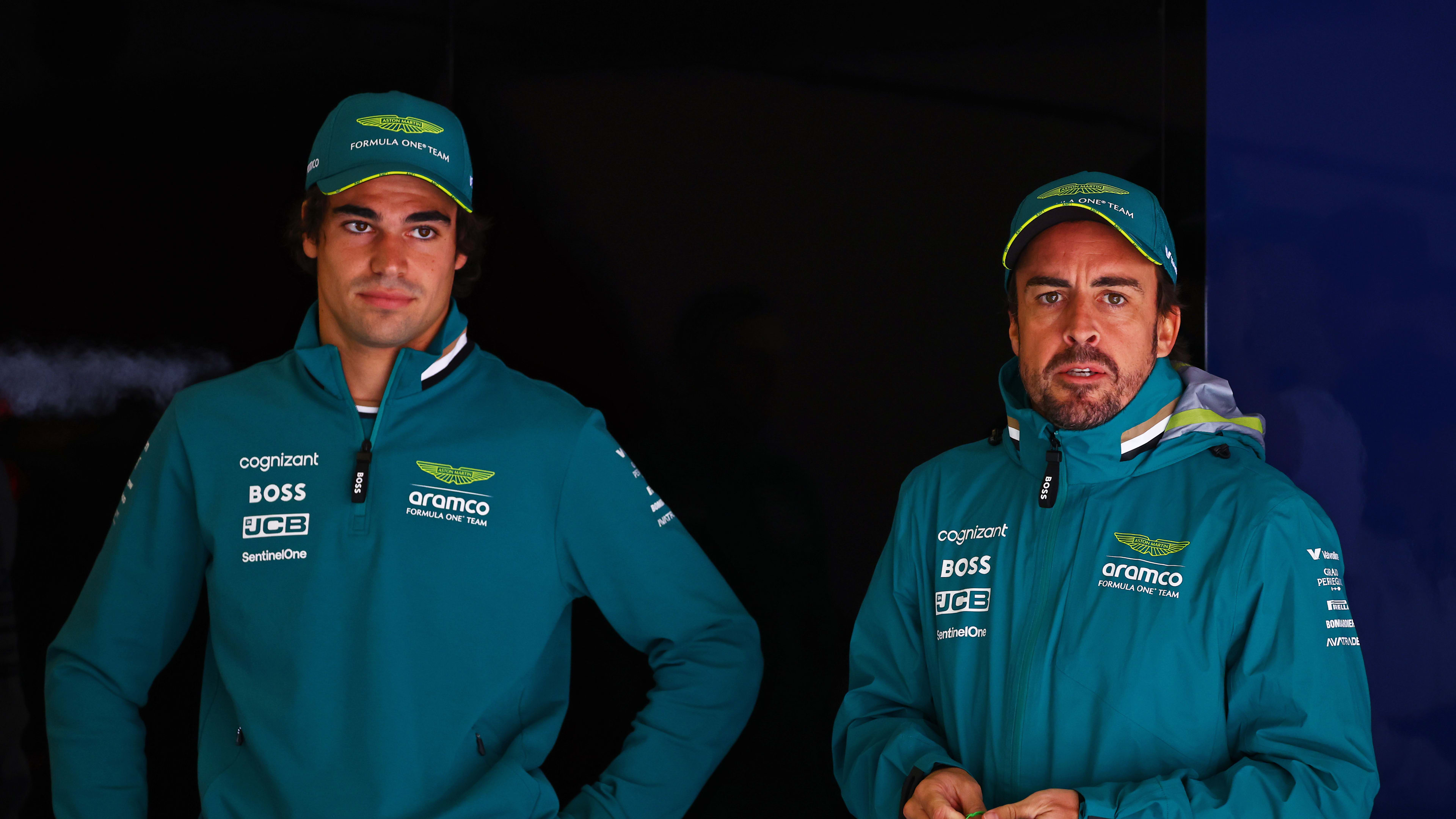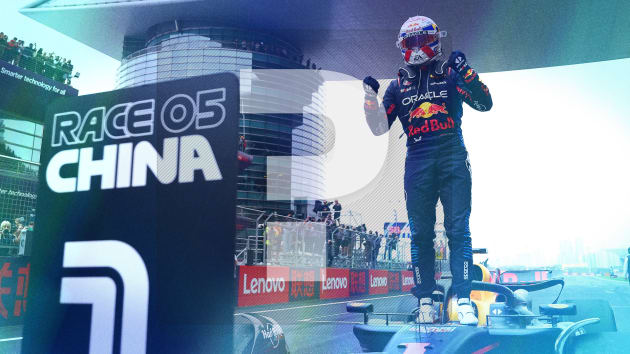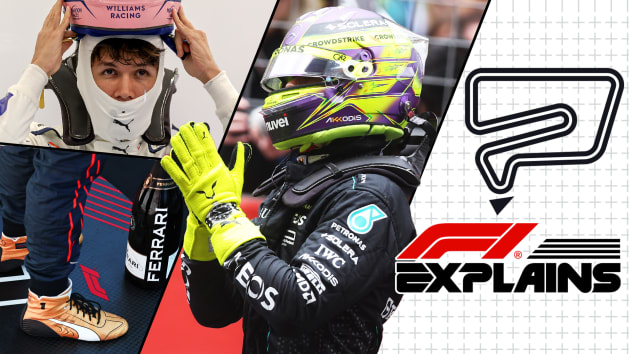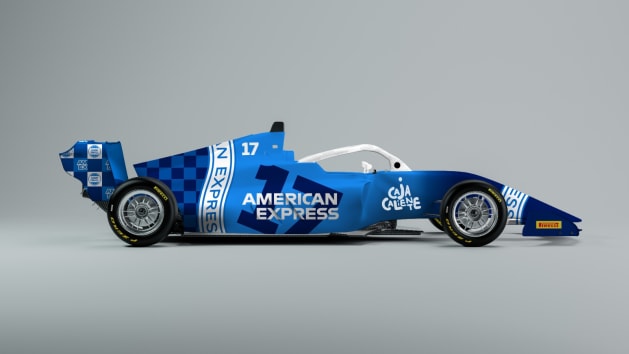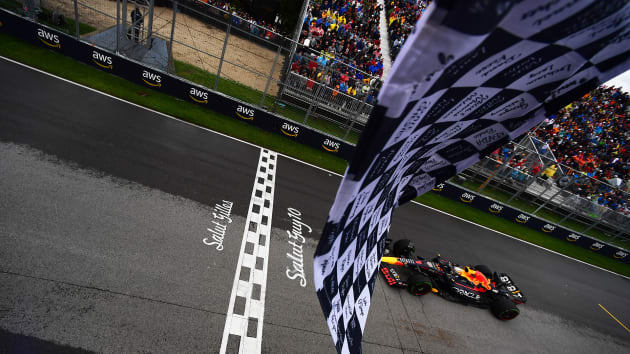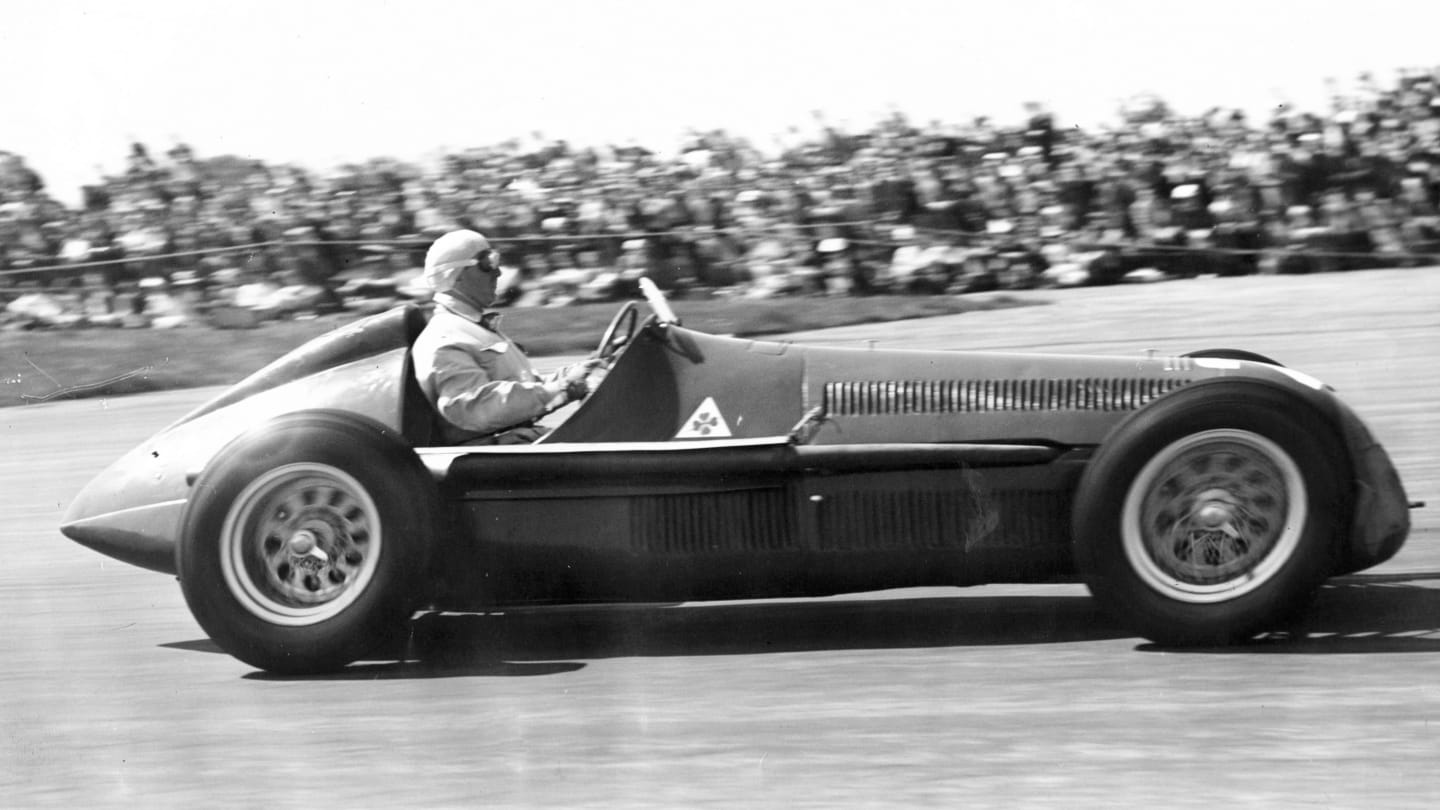
Image Gallery
Alfa Romeo's F1 pedigree
Share

Wednesday’s news that Sauber have signed a multi-year technical and commercial partnership with Alfa Romeo means a return to F1 for a brand with a long and storied history in the sport. We take a pictorial look at the Italian marque’s past exploits at the pinnacle of motor racing…
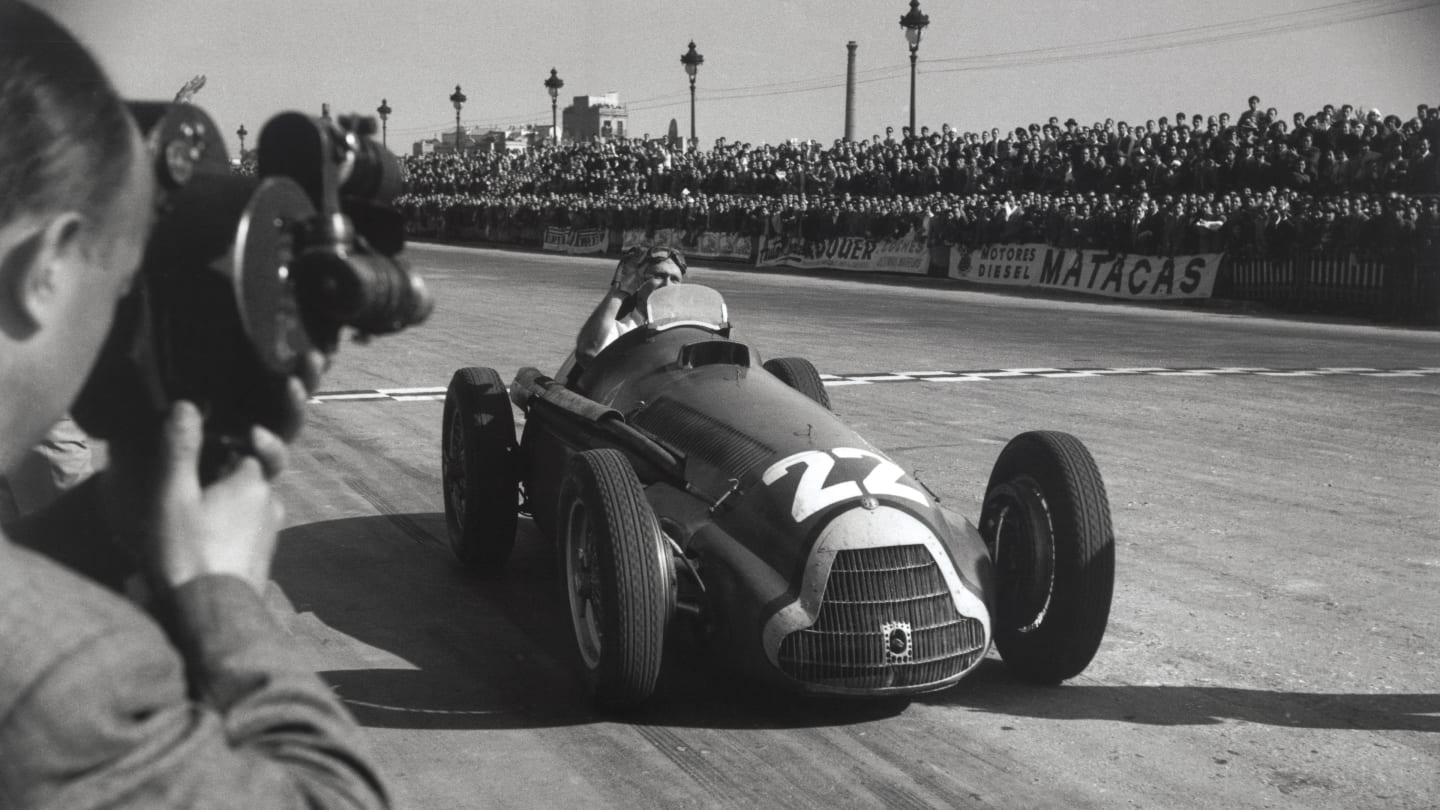
Now running the 159, an evolved version of the 158, Alfa again proved the dominant force in 1951, despite an increased threat from former bedfellows Ferrari. This time it was Juan Manuel Fangio who scooped the drivers' crown after sealing victory in the final race of the season in Spain. © LAT Photographic
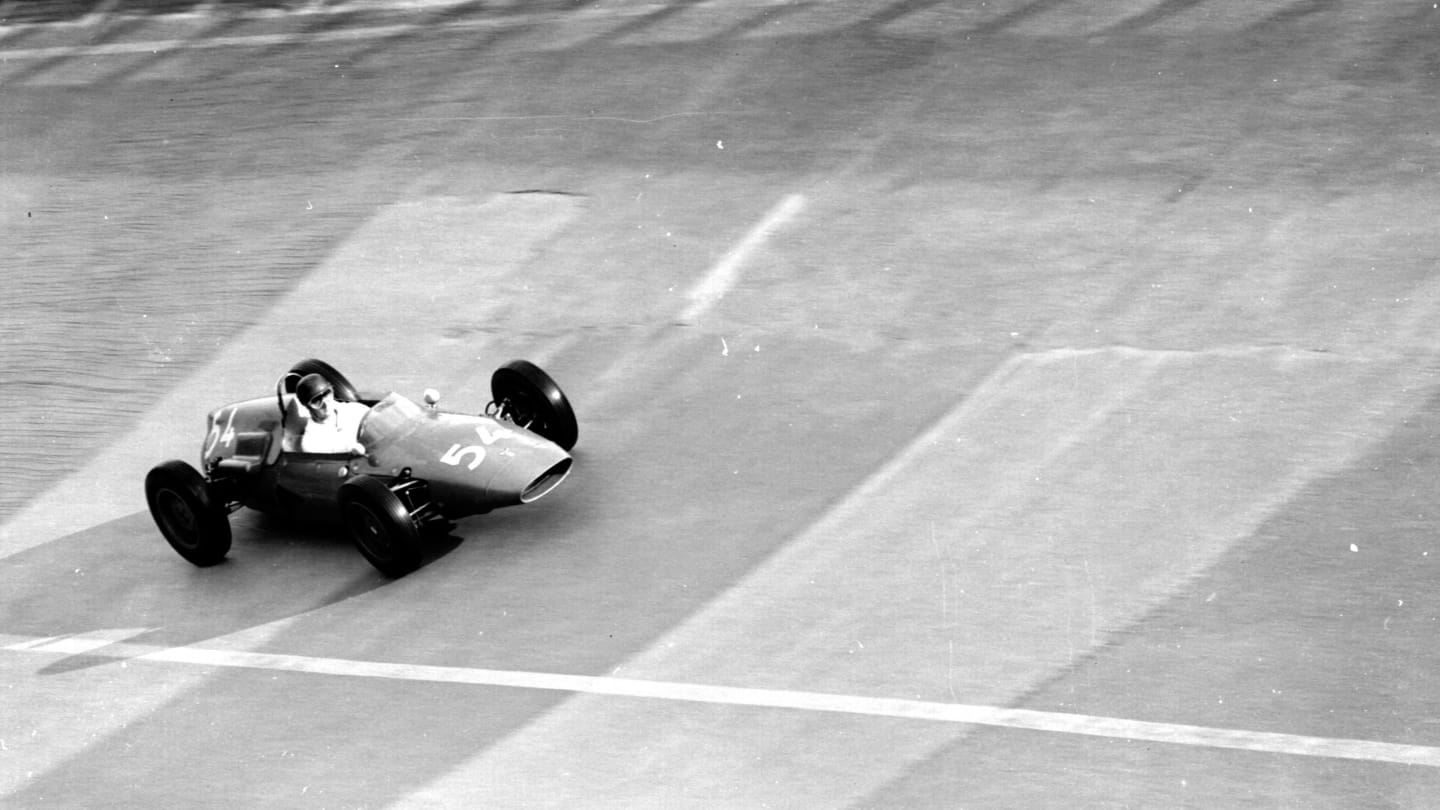
Having pulled out of F1 at the end of 1951 because of funding issues, it was left to several minor teams to represent Alfa Romeo in the top echelon of racing in the 1960s, albeit with limited success. Here Roberto Bussinello drives an Alfa-powered De Tomaso on the Monza banking in 1961. © LAT Photographic
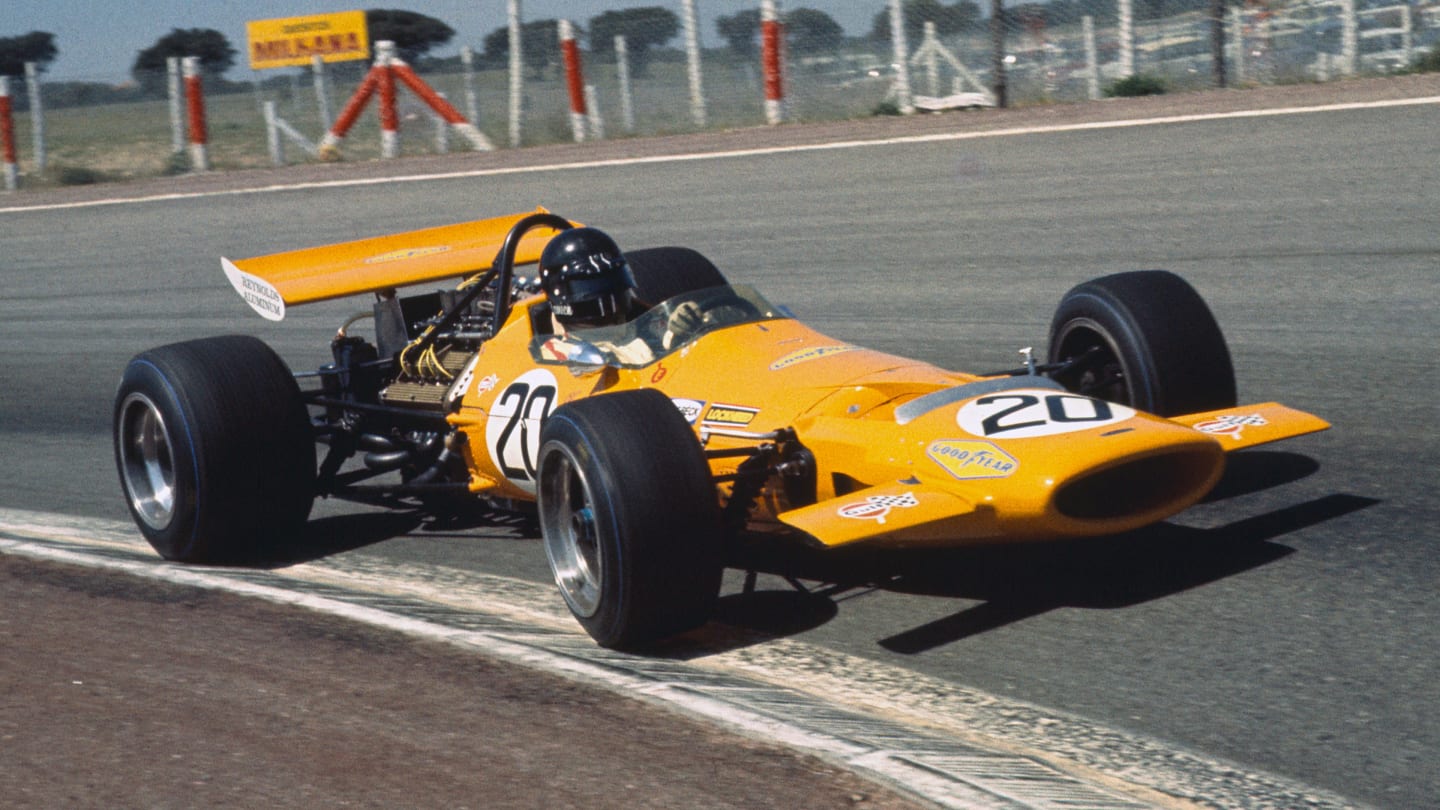
Alfa Romeo made a brief return to F1 in the early Seventies as an engine supplier. Andrea de Adamich ran a V8 based on the Milan-based manufacturer's sportscar unit in the back of a McLaren in 1970 (pictured) before he and several other drivers tried the same approach with it in Marches in 1971. Again, success was not forthcoming... © LAT Photographic
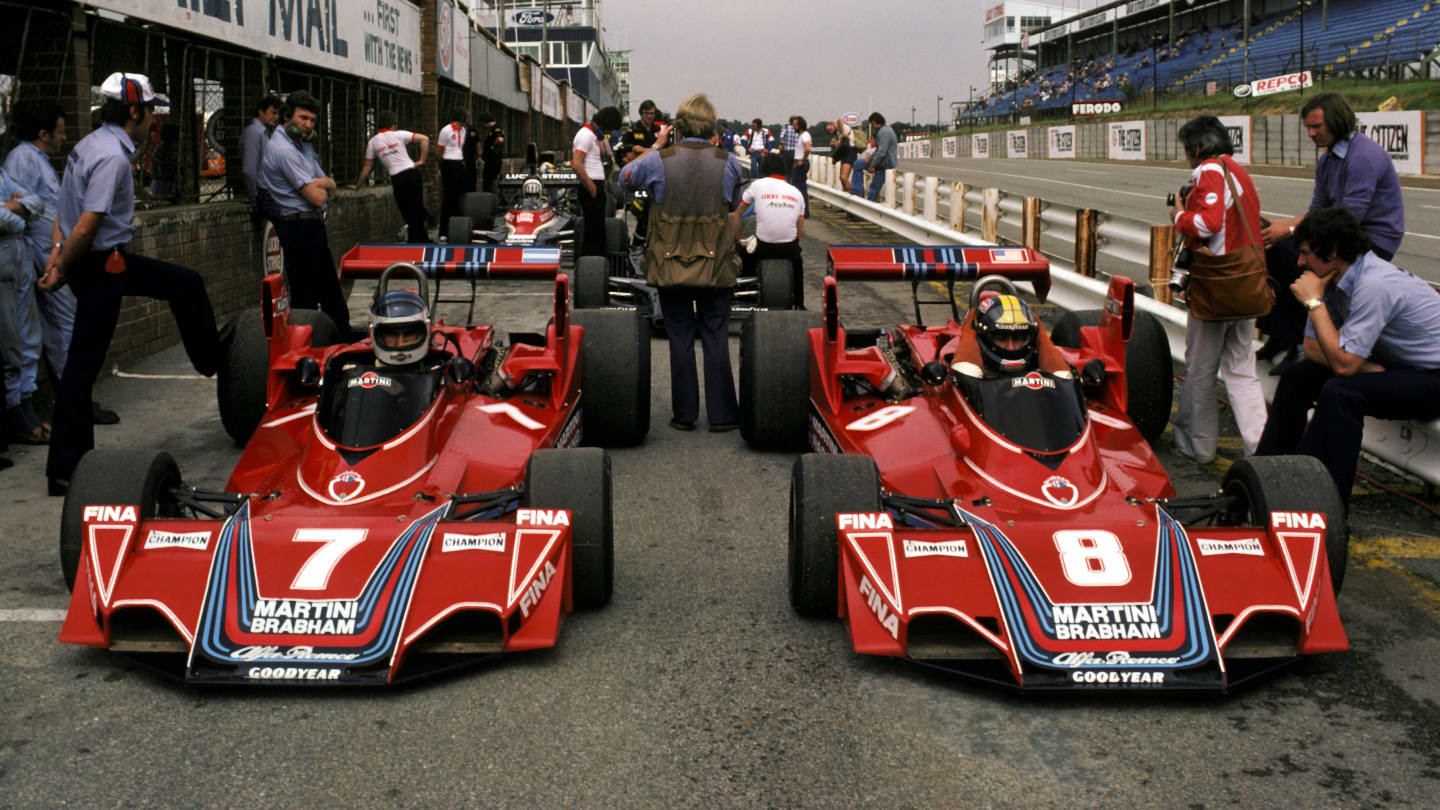
For 1976, Brabham boss Bernie Ecclestone did a deal for his team to use Alfa engines, with the units based on the Italian firm's flat-12 sportscar powerplant. Although powerful, they were heavy and unreliable, with this photo of Carlos Reutemann and Carlos Pace in South Africa taken before both drivers retired with engine issues... © Sutton Motorsport Images
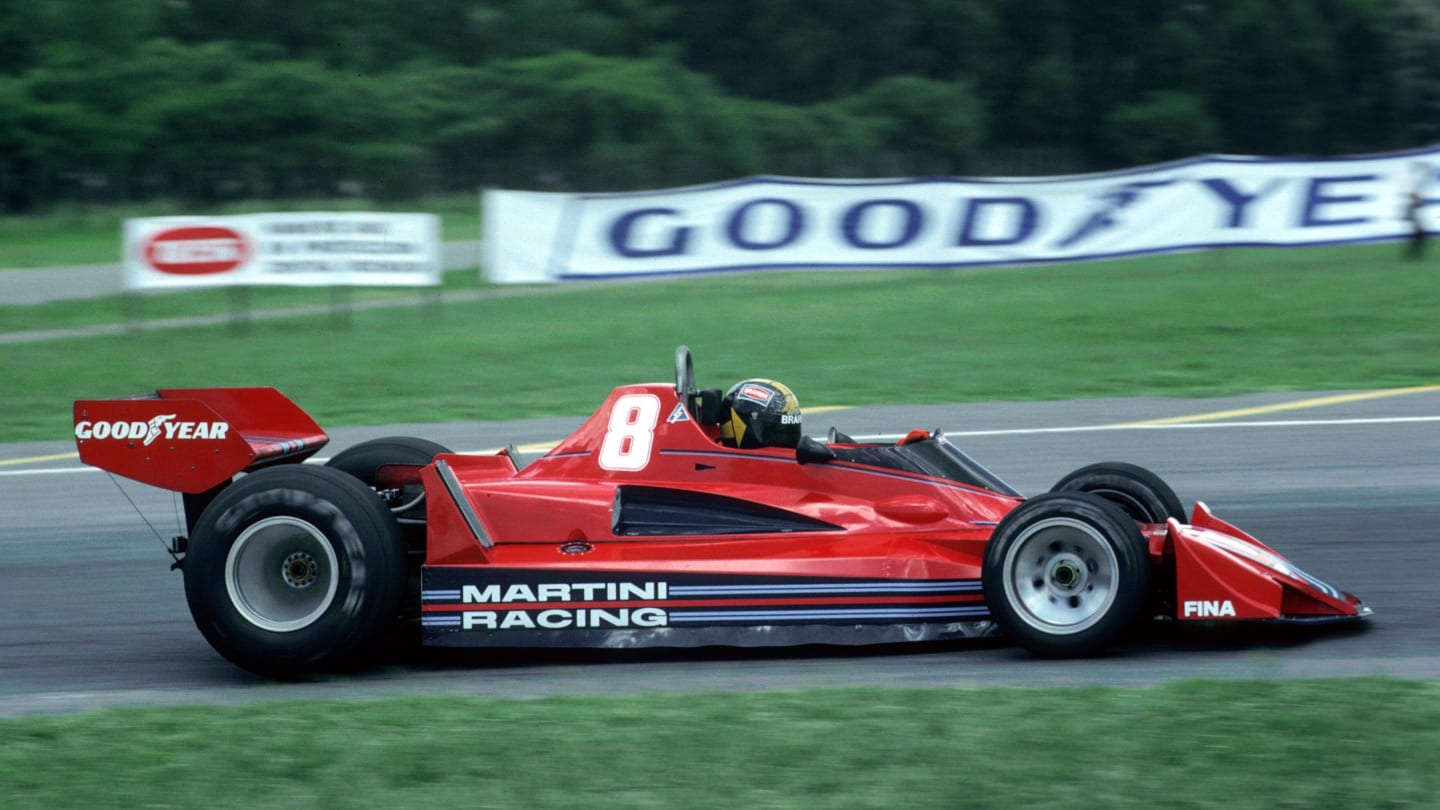
At the 1977 Argentine Grand Prix, Brabham's Carlos Pace claimed the first podium finish for an Alfa-powered car in 26 years. Later that season in Monaco, John Watson would score the first Alfa-powered pole in the same time period. © Sutton Motorsport Images
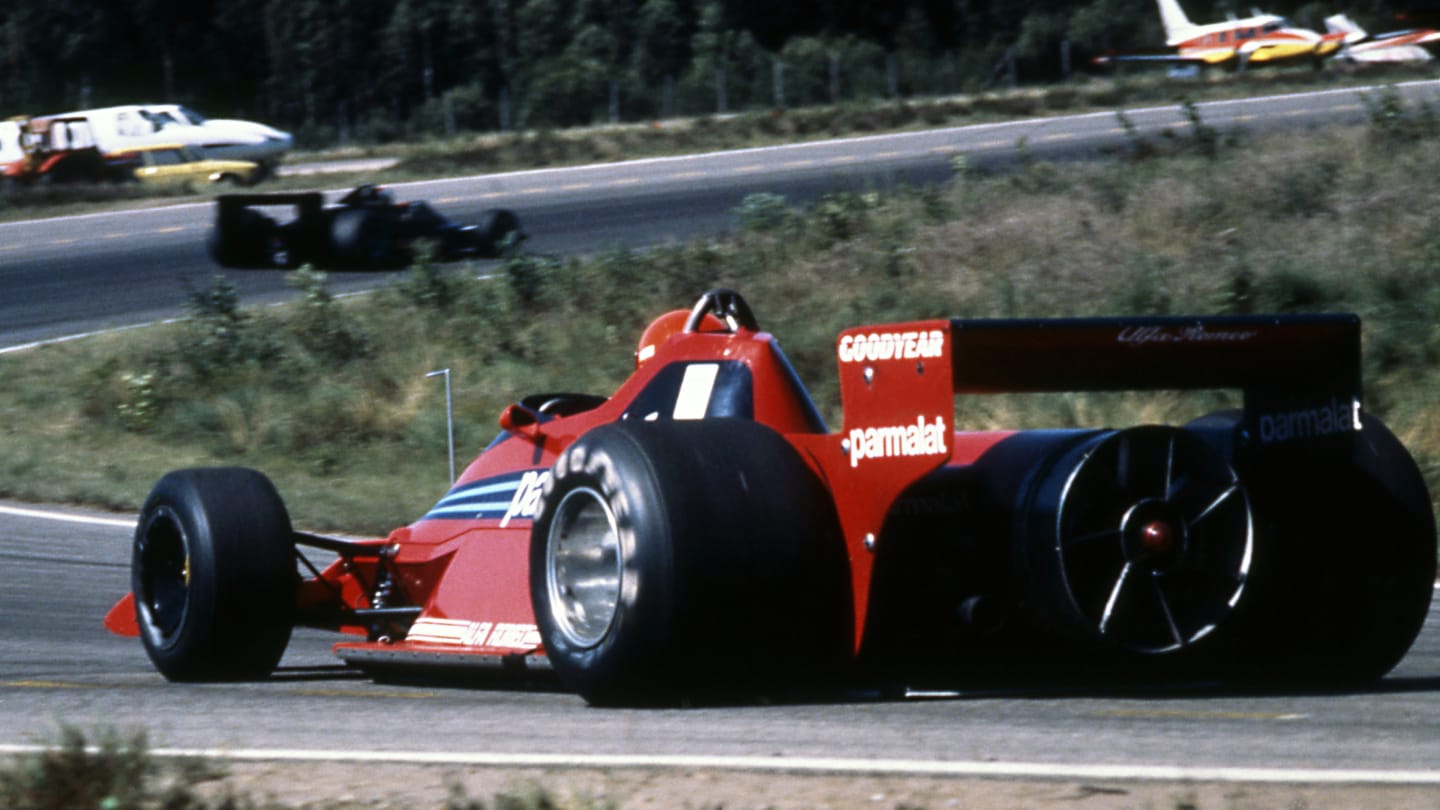
Alfa Romeo powered Brabham to two victories in 1978, including Niki Lauda's notorious win in Sweden with the controversial Brabham BT46B 'Fan Car.' The Austrian's other victory came in Italy. © Sutton Images
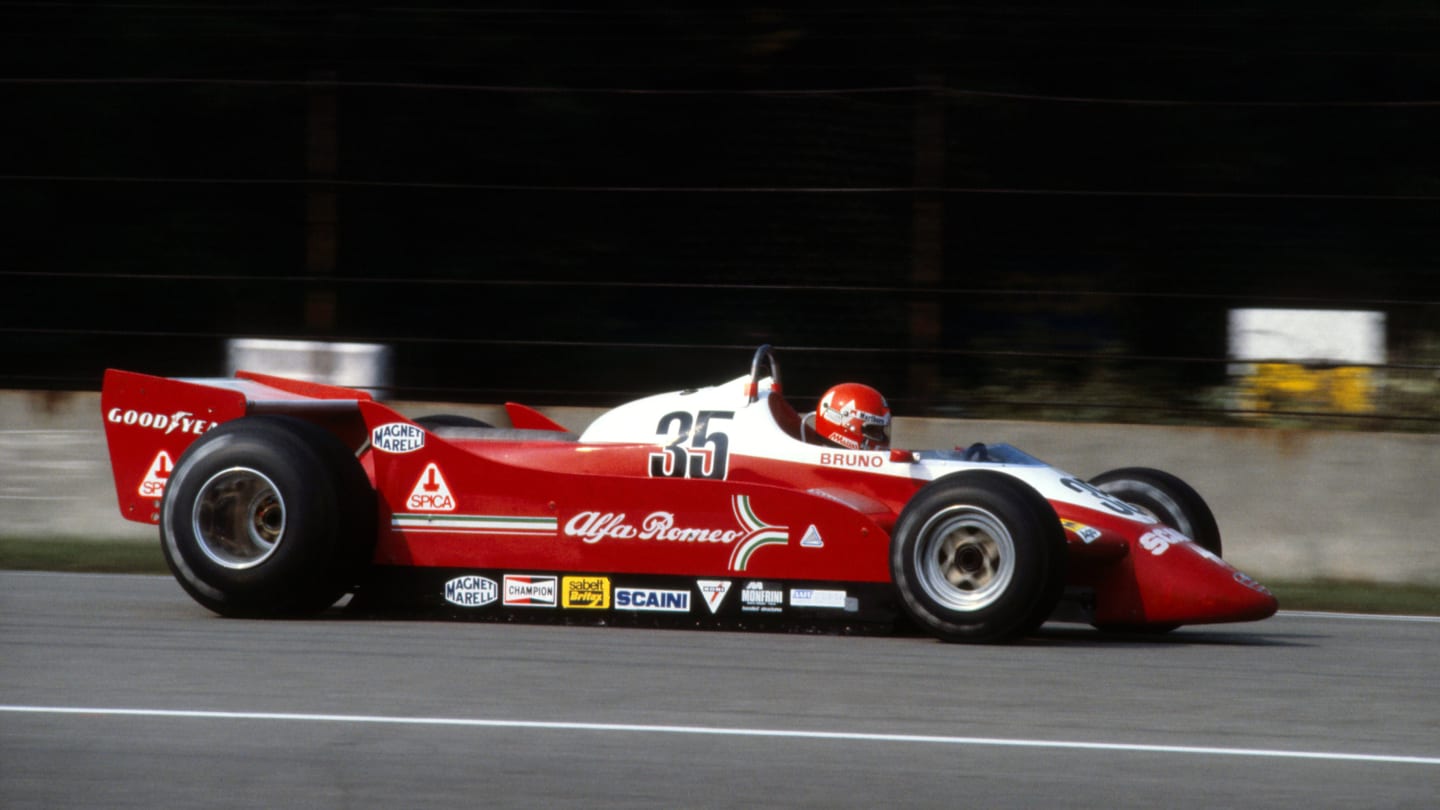
Alfa Romeo returned to F1 with a works entry midway through 1979, with Italians Bruno Giacomelli (pictured) and Vittorio Brambilla at the wheel. From five events they recorded a best finish of 12th. © Sutton Motorsport Images
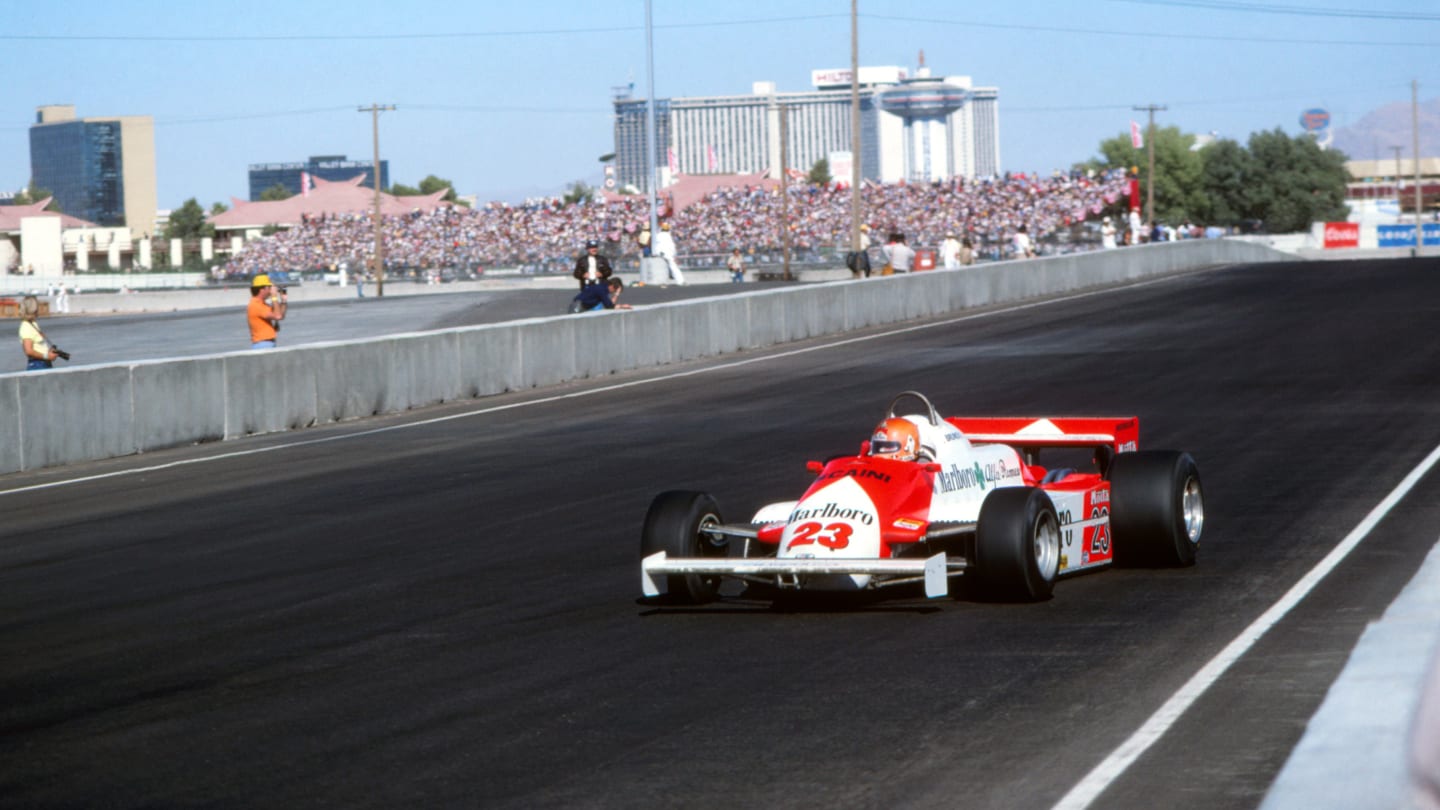
Alfa Romeo hired 1978 world champion Mario Andretti for 1981, but the American was plagued by the 179C's unreliability. The team did eventually return to the podium for the first time since 1951, with Bruno Giacomelli taking third in the season finale in Las Vegas. © Sutton Motorsport Images
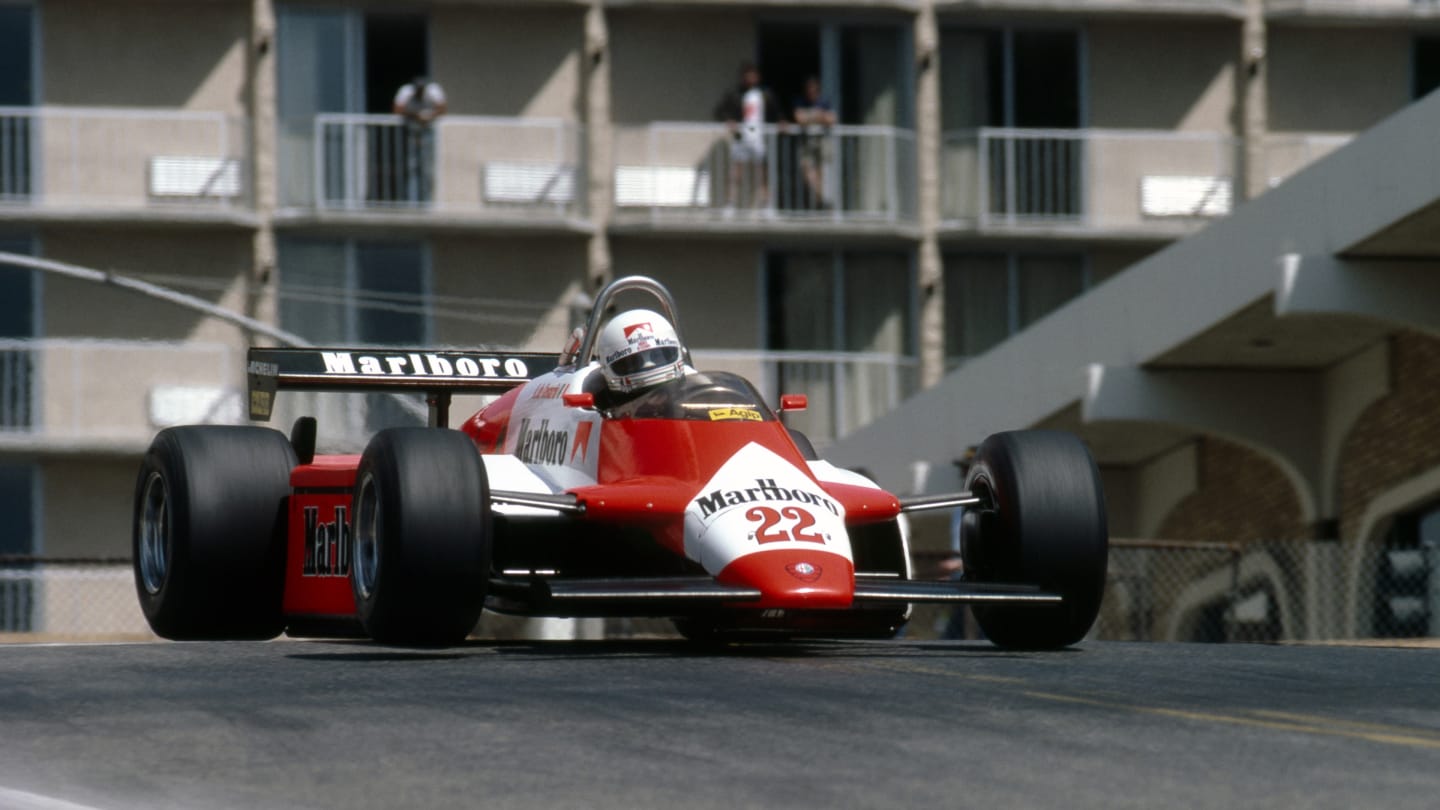
Andrea de Cesaris scored Alfa's final pole in F1 at Long Beach in 1982. The rapid but often reckless Italian would follow it up with third place in Monaco, before scoring two further podiums - this time with turbo power - in 1983 as Alfa finished sixth in the constructors' standings. © Sutton Motorsport Images
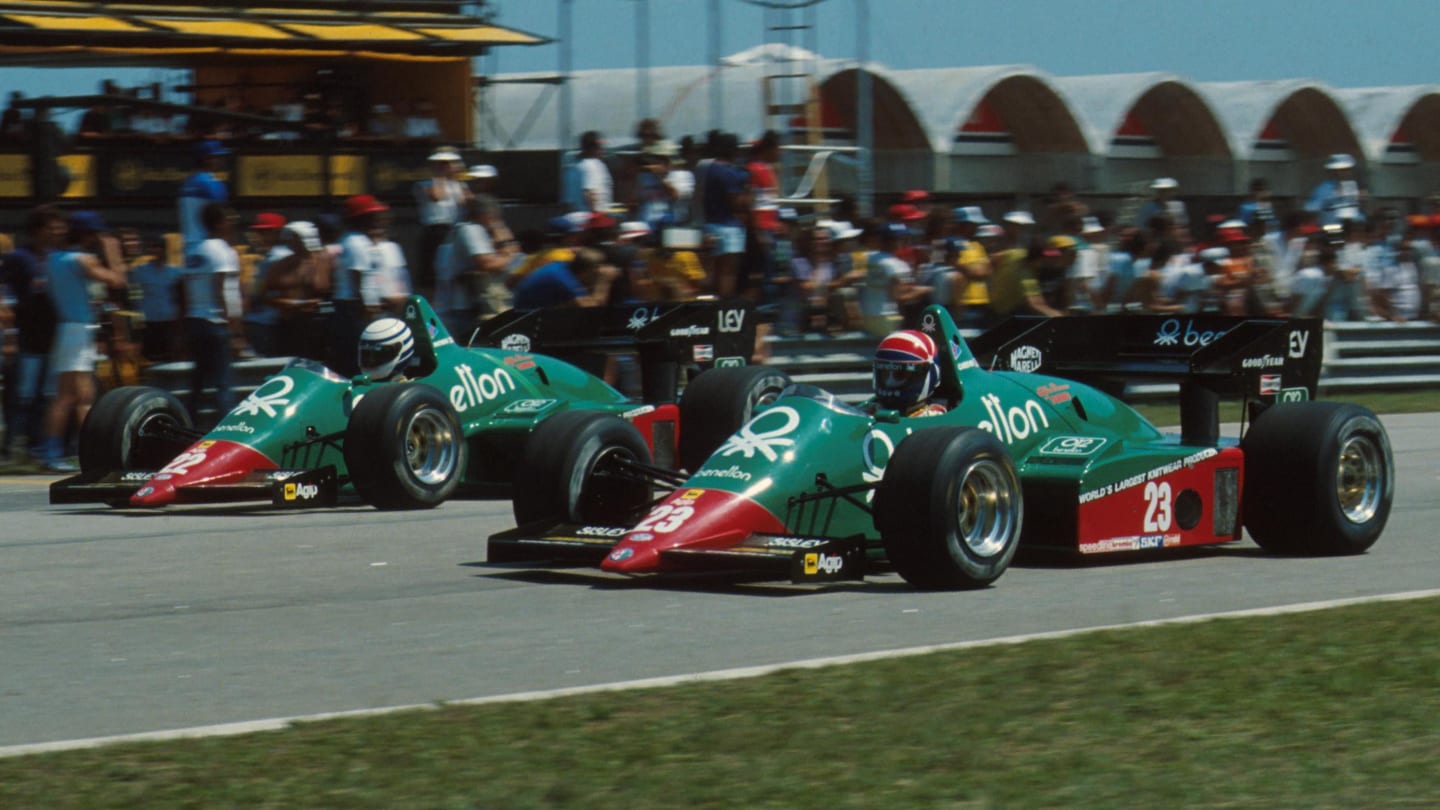
With the turbo battle intensifying, Alfa struggled in 1984, with its engine proving extremely thirsty. Ricardo Patrese (left) scored the team's final podium finish at Monza as team mate Eddie Cheever (right) ran out of fuel. The following season the team would prove even more uncompetitive, with the Italian manufacturer pulling out of F1 after the '85 finale in Australia. © Sutton Motorsport Images
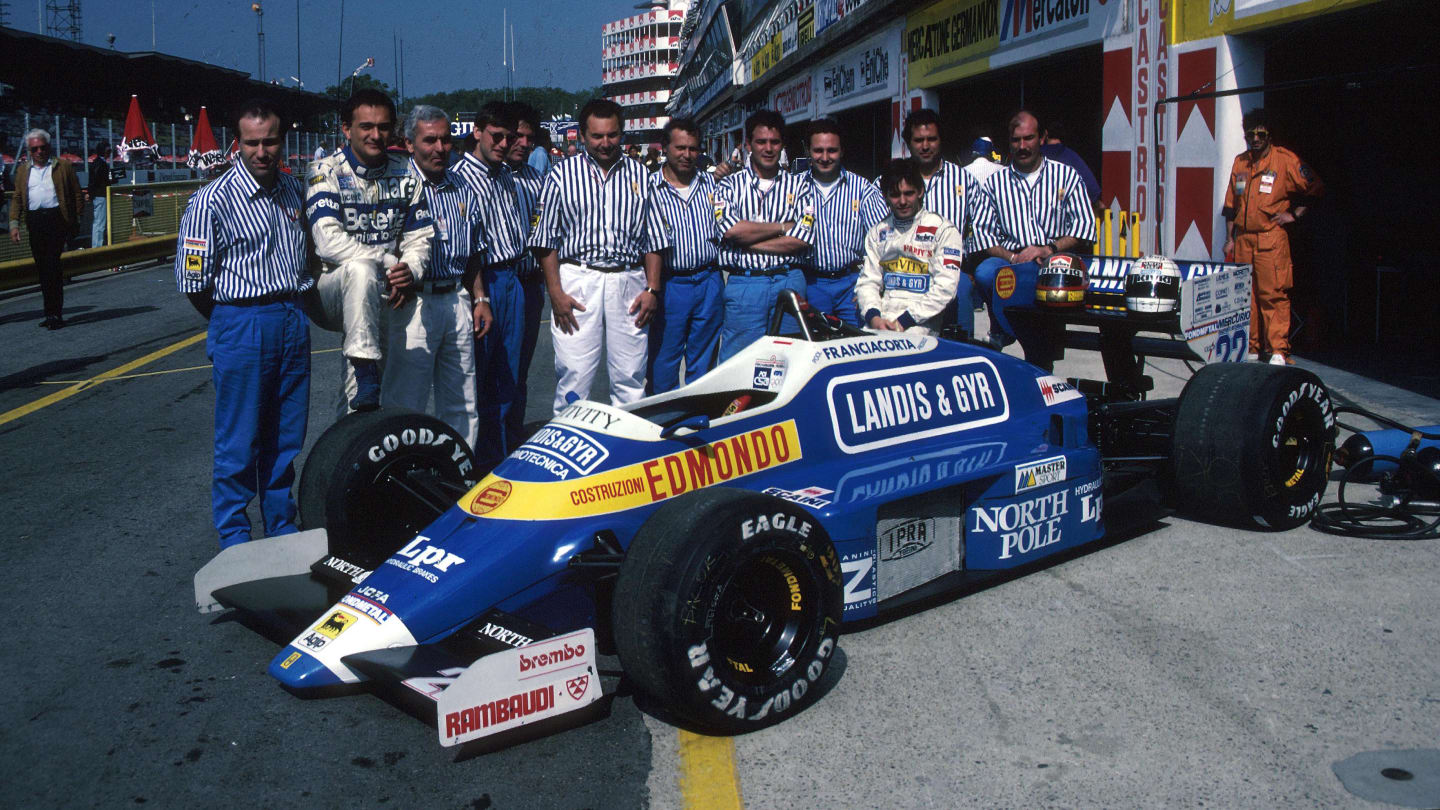
With the works team gone, Osella were left as the sole Alfa Romeo representative in F1, the Italian team using their engines from 1983 to 1987. The final race for an Alfa engine was in Japan in 1987, when Alex Caffi ran out of fuel. © Sutton Images
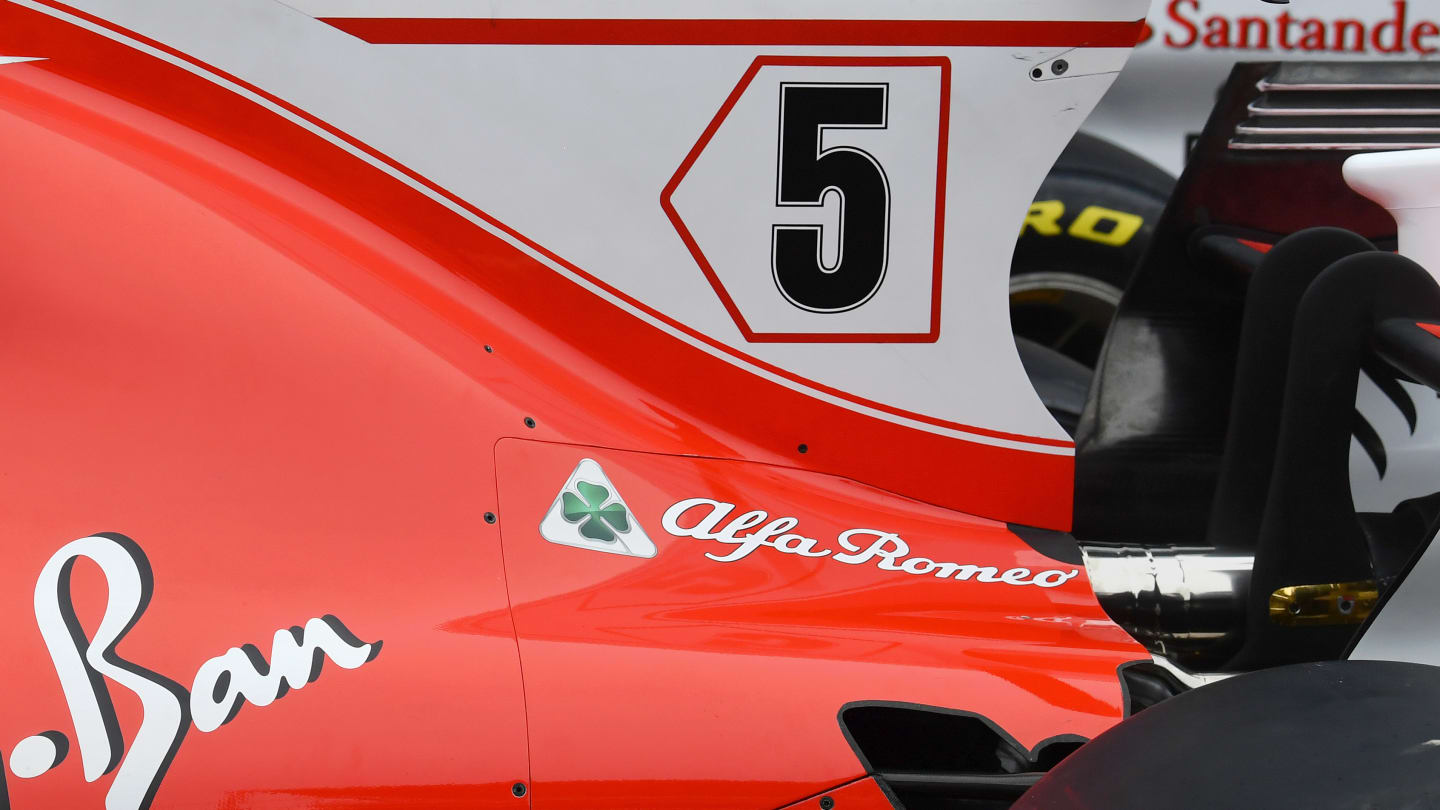
With Ferrari and Alfa Romeo sharing the same management, Alfa branding has appeared on Ferrari's cars for the last few years. From 2018, it will feature prominently on both Saubers as the Italian car manufacturer becomes the Swiss team's title sponsor. © Sutton Images
Share
YOU MIGHT ALSO LIKE
